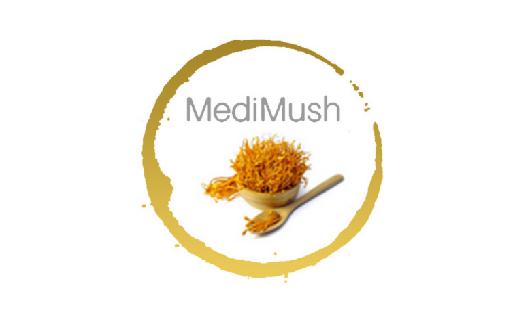Dr Jacob’s DMSO 5 Things you didn’t Know About DMSO
Dr Jacob’s DMSO 5 things you didn’t know about DMSO

At times, mentioning Dr Jacob’s DMSO around the horse barn or other animal shelters would have fetched you highly confused looks in response.
Primarily, it’s because people were least exposed to this rarely known industrial solvent, and even if they were aware, they viewed it as an unusual or extremely peculiar option.
Over time, thorough research and experimentation have established its use in anti-inflammatory therapy, which has grown increasingly popular in animal care, especially among horses.
Of late, Dr Jacob’s DMSO has made its way into mainstream use. It is approved by the Food and Drug Administration (FDA) for topical use on horses.
So, let’s take a close look to appreciate its uniqueness and utilise it appropriately to maintain the horse’s health and comfort.
Dr Jacob’s DMSO therapeutic properties resulted from an accident.
People working with Dr Jacob’s DMSO noticed that spilling this chemical on their hands resulted in a distinct garlicky taste on their tongues shortly thereafter. This fascinated chemists to deeply research its properties that permit rapid penetration through skin and mucosa.
In the 1960s, Stanley Jacob’s laboratory experimentation on organ preservation sparked possible medical uses and led to its approval for topical use in animals, particularly horses and dogs.
Its anti-inflammatory properties come from its antioxidant action.
Dr Jacob’s DMSO has a specific molecular structure that allows it to bind with ‘free radicals.’
The oxygen compounds are remnants of biochemical reactions that destroy healthy cells and accumulate over time to worsen swelling and inflammation—the chemical acts as a free radical scavenger that decelerates the negative process.
Dr Jacob’s DMSO gel is applied topically to control inflammation in soft tissue injuries.
However, it may also be injected into a target area for treating dense tissue injuries, e.g., bowed tendon and early-stage laminitis frequently noticed amongst horses.
It extracts fluids from tissues.
Dr Jacob’s DMSO is a well-known hygroscopic compound which withdraws water. Under this characteristic, it can reduce oedema in swollen limbs and eliminate stocking up on water.
Additionally, it reduces swelling in the brain and spinal cord in diseases like West Nile encephalitis and draws fluids out of the lungs in cases of acute pulmonary oedema.
It has a diuretic effect on horses, making them urinate more and consequently flushing out toxins periodically.
With this action in mind, it is seen as a cure to blister beetle toxicity, where it lowers the effect of the toxin on the kidneys and intestinal tract.
DMSO may help horses eliminate waste products of muscle breakdown through their urine more quickly.
It acts as a carrier for other substances.
DMSO has a distinctive structure that allows other substances to diffuse wholly within it and transports these dissolved substances through cell membranes without impairment.
It aids in treating rain rot or other skin infections in horses as they are buried deep under the skin. For this reason, it is often added to antifungal medications to treat eye conditions.
It may provide pain relief on its own.
Dr Jacob’s DMSO has pain relief properties as it is known to slow down or block the conduction of impulses within nerve cells.
This soothes the pain arising from musculoskeletal injuries, postoperative incisions, and other sources. But it is a temporary solution because normal nerve function returns once DMSO dissolves.
So, it can be combined with other drugs to extend the analgesic action.
The versatility of Dr Jacob’s DMSO has proved that you will eventually use this product if you haven’t so far. Be careful not to buy industrial DMSO; it’s an easy mistake.
So keep these basic facts in mind before administering them to ensure the well-being of your horse from this unusual preparation.
